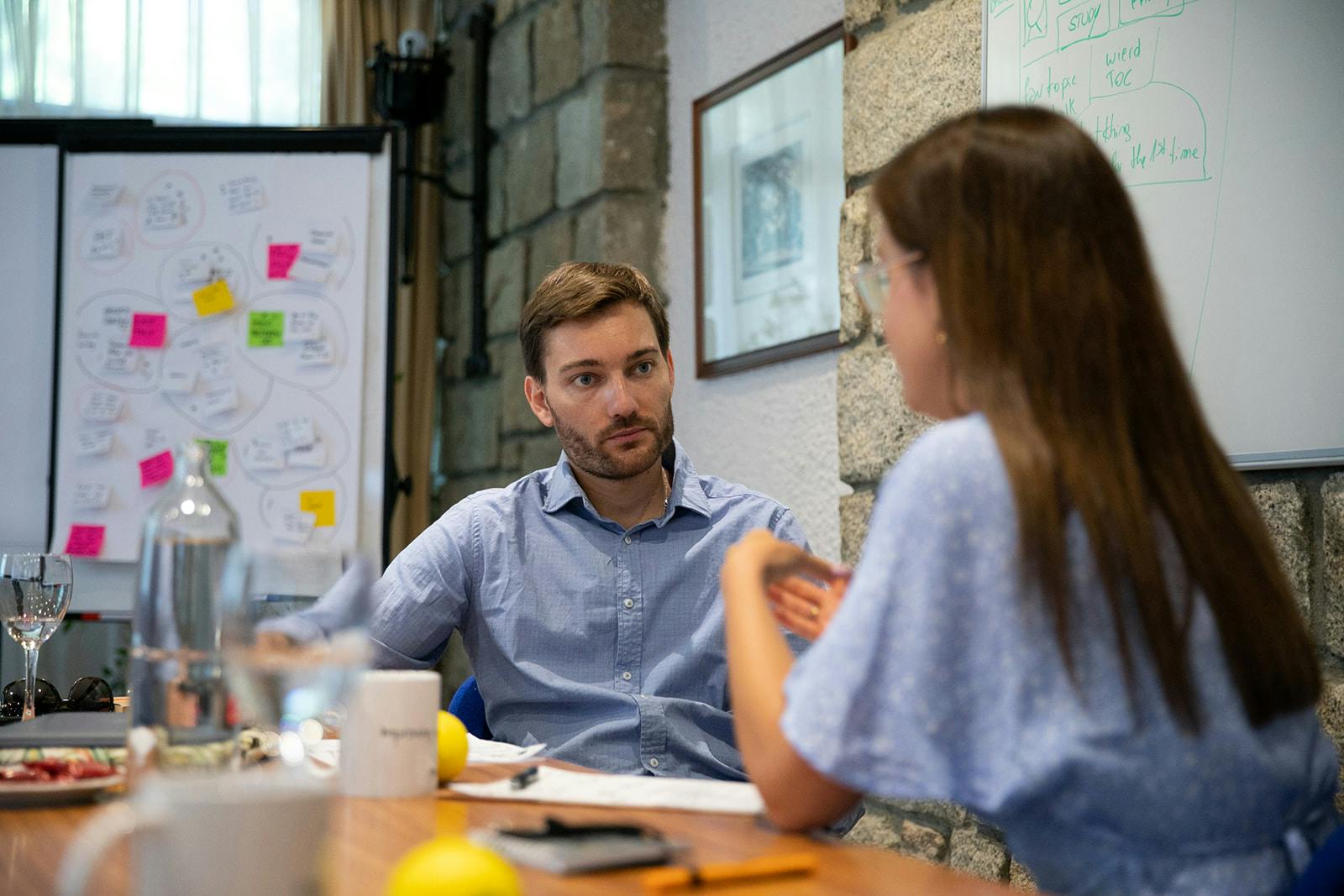Five lessons from a bank’s agile maturity assessment

Agilar Team
30 Jul, 2025
business agility
business agility

Two years into a large-scale Agile transformation, a leading European bank looked Agile on the surface: tribes, Scrum teams, quarterly planning, and communities of practice were all in place. But doubts were growing. Was the transformation really improving outcomes—or just creating new rituals?
To answer that, the leadership team paused, reflected, and ran a collaborative Agile maturity assessment. Here are the five key lessons that emerged—lessons that can help any organization facing the same challenge.
1. One size doesn’t fit all
Trying to assess every team with the same checklist created frustration. Innovation teams and operational teams had completely different priorities.
Tip: Tailor your maturity model to context. What “good” looks like in operations may not be what “good” looks like in product innovation.
2. Build the model together
Instead of imposing a framework top-down, the assessment was shared early in town halls. Teams challenged assumptions and added their own reality. The model improved, and ownership grew.
Tip: Co-create your assessment model. People trust what they helped design.
3. Use tiered progression
The “Basecamp” metaphor gave structure without rigidity. Every team could see their starting point (Basecamp 1), their next practices (Basecamp 2), and advanced capabilities (Basecamp 3).
Tip: Think in stages. A tiered model allows for comparison while respecting that teams move at different speeds.
4. Link practices to outcomes
Teams weren’t just asked, “Do you run retrospectives?”—they were asked whether those retrospectives led to real improvement. Practices were tied to capabilities like innovation, focus, and adaptability.
Tip: Don’t stop at activity-based metrics. Connect practices to the outcomes that matter for your strategy.
5. Context is king
The assessment showed that customer-facing tribes needed to double down on innovation, while operations focused on flow and adaptability. The value was in seeing those differences clearly.
Tip: Assess maturity in service of strategy. Ask: which capabilities matter most here and now?
Final thought
For the bank, the maturity assessment wasn’t just about measuring progress. It became a catalyst for new conversations, sharper priorities, and renewed energy for the transformation.
Agile maturity isn’t about “how Agile you are.” It’s about whether your way of working delivers the capabilities your organization needs to thrive.